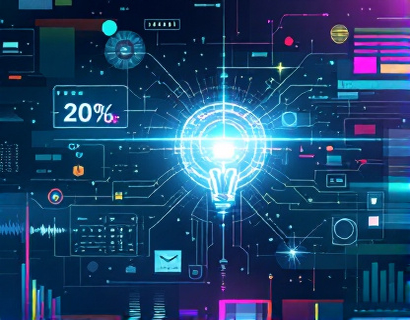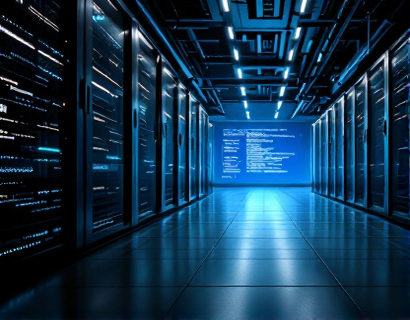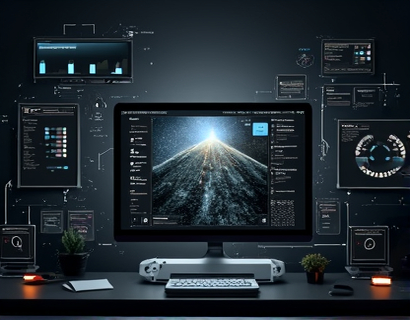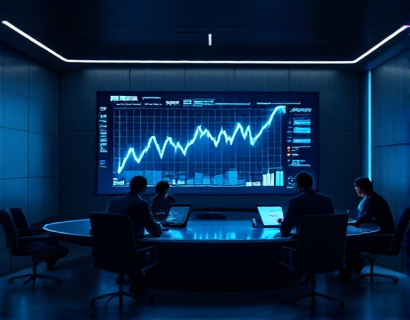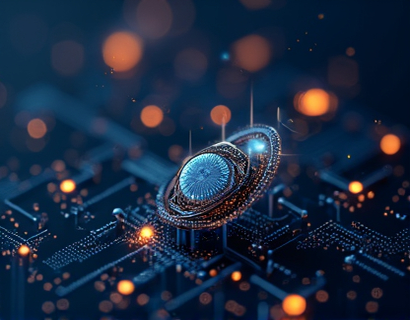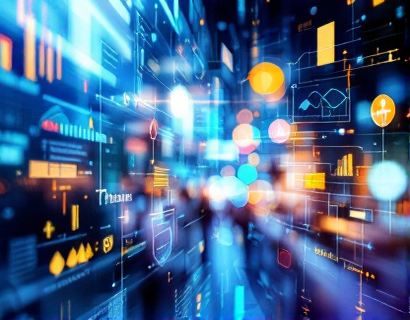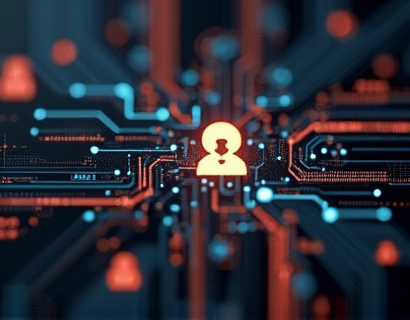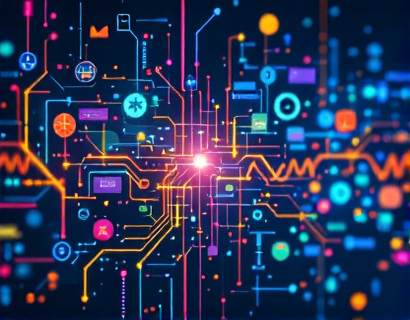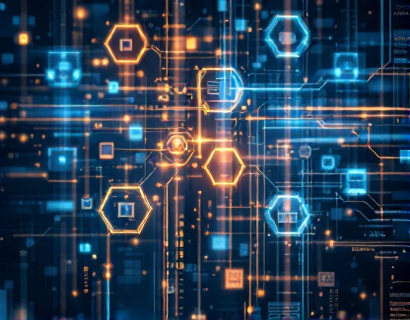Empowering Lifelong Learning: Access to Comprehensive Educational Resources and Interactive Tools
In today's rapidly evolving world, the importance of continuous learning cannot be overstated. The ability to access comprehensive educational resources and interactive tools is pivotal for students and lifelong learners seeking to expand their knowledge and skills. This article delves into the significance of having a robust digital library that offers a wide array of educational materials, designed to foster personal growth and a passion for lifelong learning.
The digital age has revolutionized the way we access and consume information. Gone are the days when learning was confined to traditional classrooms and static textbooks. Now, with the advent of advanced technology and the internet, a wealth of educational resources is at our fingertips. A comprehensive digital library serves as a cornerstone for modern learning, providing an extensive collection of articles, e-books, and interactive courses that cater to diverse learning needs and preferences.
One of the primary benefits of such a digital library is its accessibility. Learners from all walks of life, regardless of their geographical location or socio-economic status, can access high-quality educational content. This democratization of knowledge ensures that everyone has the opportunity to enhance their educational journey, breaking down barriers and leveling the playing field.
For students, a digital library is an invaluable resource that complements traditional education. It offers supplementary materials that can deepen understanding and provide different perspectives on various subjects. Interactive tools, such as simulations and virtual labs, allow students to engage with complex concepts in a hands-on manner, enhancing their learning experience and retention.
Lifelong learners, on the other hand, benefit from a platform that offers a continuous stream of updated and diverse content. The ability to explore new subjects and revisit old ones at any point in their lives keeps their minds active and curious. This constant engagement with new ideas and information fosters a growth mindset, essential for personal and professional development.
Moreover, a comprehensive digital library is curated to meet the specific needs of its users. The content is carefully selected to ensure relevance, accuracy, and quality. This curation process involves a team of educators, subject matter experts, and content curators who work together to create a well-rounded and comprehensive resource base. The library covers a wide range of disciplines, from humanities and social sciences to sciences and technology, ensuring that learners have access to a broad spectrum of knowledge.
The interactive tools available on such a platform are designed to enhance the learning experience. Interactive courses, for instance, often include quizzes, assignments, and discussion forums that encourage active participation and peer learning. These features not only make learning more engaging but also help learners apply what they have learned, reinforcing their understanding and skills.
Another significant advantage of a digital library is its flexibility. Learners can access the resources at their own pace, fitting their studies around their schedules. This flexibility is particularly beneficial for those balancing education with work or family responsibilities. The ability to pause, rewind, and revisit content as needed ensures that learning is a sustainable and manageable process.
Furthermore, a digital library fosters a sense of community among learners. Discussion forums, social media groups, and collaborative projects bring together individuals with similar interests and goals. This community aspect provides a supportive environment where learners can share insights, ask questions, and collaborate on projects. Such interactions not only enrich the learning experience but also build a network of like-minded individuals who can offer encouragement and support.
The role of technology in enhancing educational resources cannot be overlooked. Advanced features such as adaptive learning algorithms, personalized recommendations, and multimedia content make the learning process more effective and enjoyable. Adaptive learning technology, for example, adjusts the difficulty of content based on the learner's performance, ensuring that each individual receives an education tailored to their needs. Personalized recommendations help learners discover new topics and resources that align with their interests and learning goals.
Multimedia content, including videos, podcasts, and interactive infographics, caters to different learning styles, making the material more accessible and engaging. Visual learners, for instance, benefit from video tutorials and infographics, while auditory learners can engage with podcasts and audio lectures. This variety ensures that all learners can find the format that best suits their learning preferences.
In addition to the content itself, the user interface and design of the digital library play a crucial role in its effectiveness. A well-designed platform is intuitive and user-friendly, making it easy for learners to navigate and find the resources they need. Features such as search functionality, category organization, and bookmarking tools enhance the user experience, allowing learners to efficiently manage their studies.
The impact of a comprehensive digital library extends beyond individual learners to institutions and organizations as well. Educators can leverage these resources to supplement their teaching, providing students with additional materials and tools to enhance their learning. Institutions can also use these platforms to offer continuing education programs, professional development courses, and certification programs, attracting a broader audience and enhancing their reputation.
For organizations focused on corporate training, a digital library offers a cost-effective and efficient way to upskill their employees. The ability to access a wide range of courses and resources on demand reduces the need for expensive in-person training sessions and travel. This flexibility and accessibility make it easier for organizations to keep their workforce trained and competitive in a rapidly changing job market.
In conclusion, a comprehensive digital library is an indispensable tool for empowering lifelong learning. It provides access to a vast and curated collection of educational resources, interactive tools, and a supportive community. By leveraging these resources, students and lifelong learners can enhance their educational journey, achieve their goals, and continue growing throughout their lives. Embracing such a platform is a step towards a more informed, skilled, and adaptable future.





